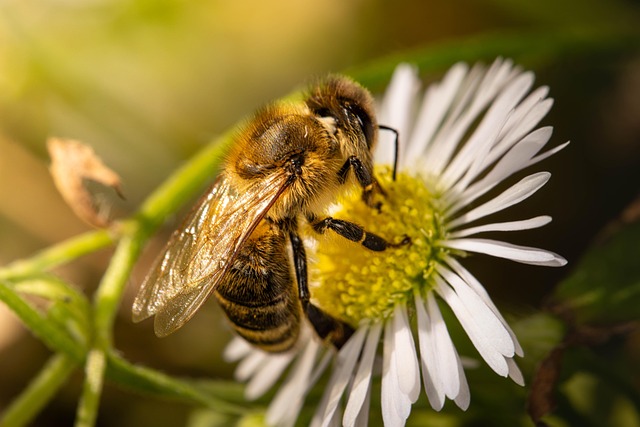Yesterday, my daughter, Sophie, experienced a public meltdown. This is something we’ve faced before; when emotions run high and communication falters, meltdowns are often the result. Typically, if we can swiftly remove her from the environment, she calms down almost immediately.
However, yesterday presented a unique challenge: getting her out of a public building with excellent acoustics and down two flights of stairs due to a broken escalator, all while traversing a sky bridge.
It was on that sky bridge that things took a turn. I hoped the fresh air would help soothe Sophie, as she usually enjoys the view. Instead, she paused to sob even louder. At that moment, my husband, Mark, wrapped an arm around her waist, encouraging her to move forward despite her cries.
Suddenly, two security guards approached. “We heard a woman screaming on the sky bridge,” they said. We quickly explained, “Our daughter has special needs; she’s having a meltdown. We’re just trying to get her to the car. I promise she’s not being kidnapped.” The guards immediately backed off, apologized, and offered assistance. Within two minutes, we were in our car, and Sophie was beginning to calm down. Just a short drive later, she was back to her usual self.
What struck me was their initial perception: they thought my daughter was an adult. At 5 feet 3 inches tall, she is indeed taller than many, but the reality was sobering. We’ve now entered a new phase. Society seems more accepting of children with disabilities—especially when they’re well-dressed and smiling—but there’s a noticeable shift when it comes to adults with disabilities.
As my daughter grows, she’s transitioning into an adult with a disability. To the untrained eye, she may not appear disabled at all. Just the other night, while watching her refill her drink at a local diner, I noticed she seemed merely awkward rather than disabled.
When I shared our experience on social media, friends suggested options like getting her an ID or a bracelet. While these could be helpful, they don’t necessarily make her visibly disabled to the public. I could yell, “Don’t worry! She has cognitive disabilities and sometimes struggles with transitions!” but honestly, I’m usually too preoccupied to shout that out. Perhaps I should invest in a Bat-Signal or flare gun to signal that things aren’t typical but also not threatening.
Ultimately, there’s no perfect solution. The best approach I can think of is to raise awareness, so people understand when my daughter is having a tough time in public. After all, becoming hermits isn’t a viable option for us.
For further insights on navigating the complexities of parenthood, check out our article on home insemination kits, which can be found here. And for valuable resources on IVF and fertility preservation, visit this excellent guide.
In summary, as our children grow, we must adapt our strategies to manage their needs in public settings. Awareness and understanding from society are key in ensuring that our children can thrive as they transition into adulthood.
